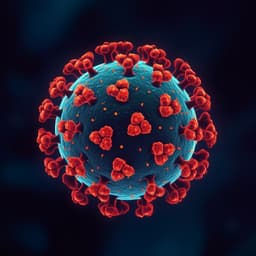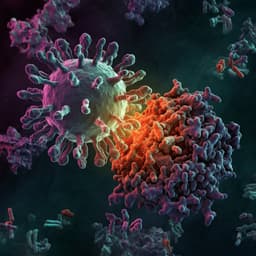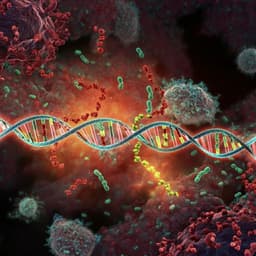
Medicine and Health
A CRISPR-based ultrasensitive assay detects attomolar concentrations of SARS-CoV-2 antibodies in clinical samples
Y. Tang, T. Song, et al.
This groundbreaking research led by Yanan Tang and colleagues introduces an ultrasensitive CRISPR-based antibody detection assay for anti-SARS-CoV-2 antibodies, proving 10,000 times more sensitive than traditional methods. Its remarkable 100% sensitivity and 98.5% specificity may revolutionize antibody detection, particularly for immunocompromised individuals.
~3 min • Beginner • English
Related Publications
Explore these studies to deepen your understanding of the subject.







